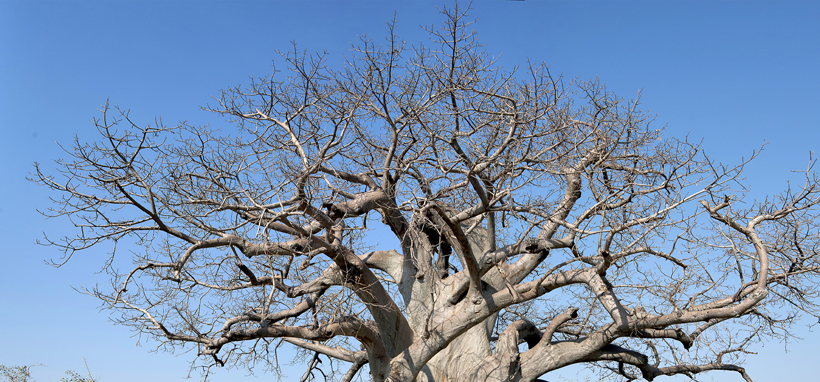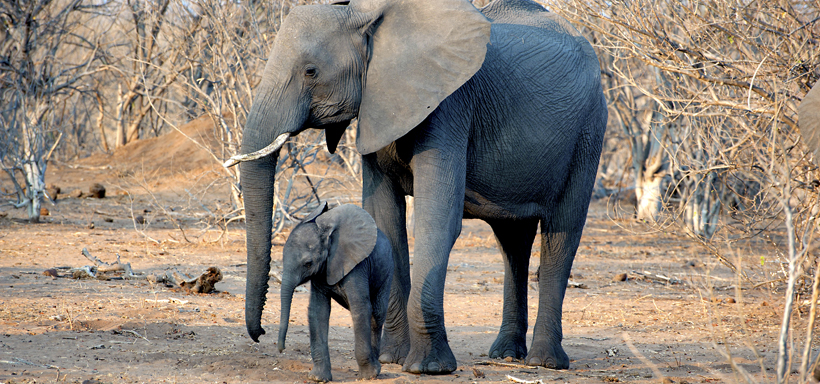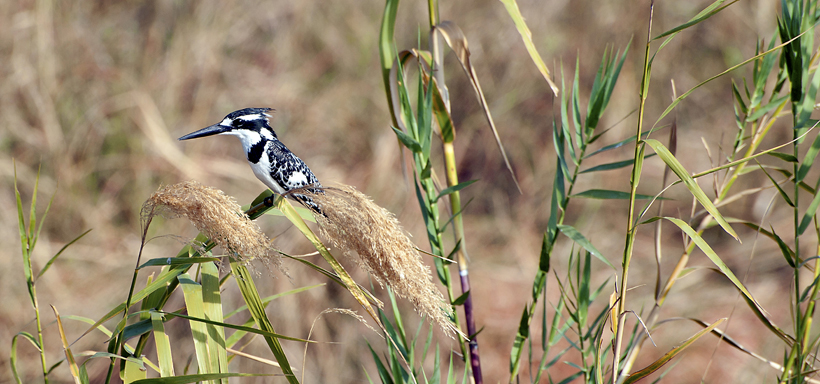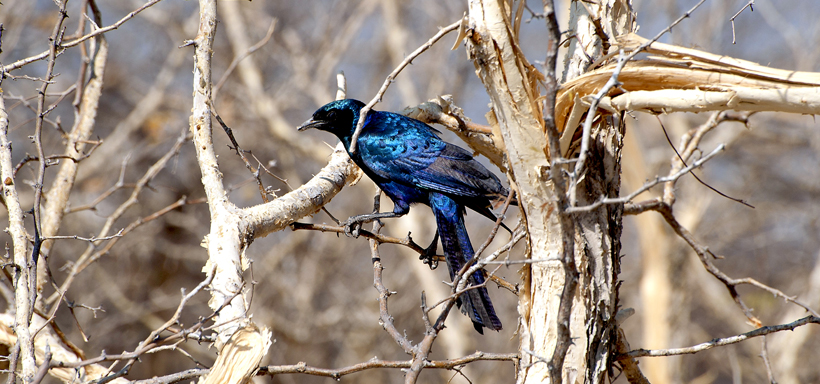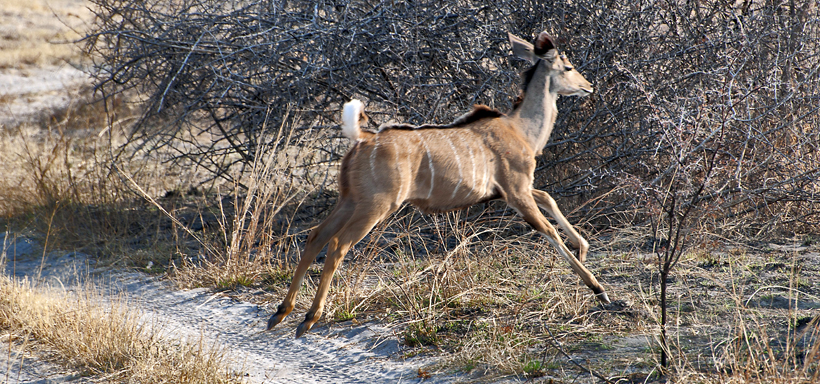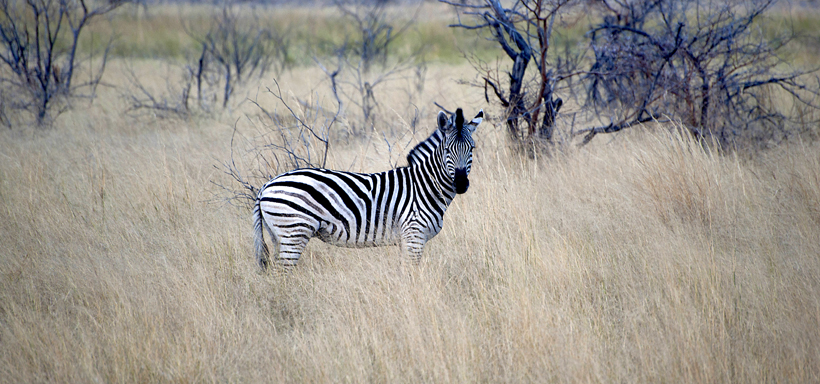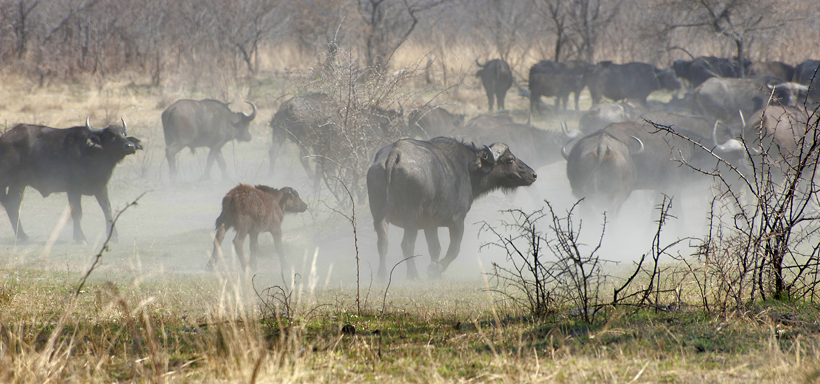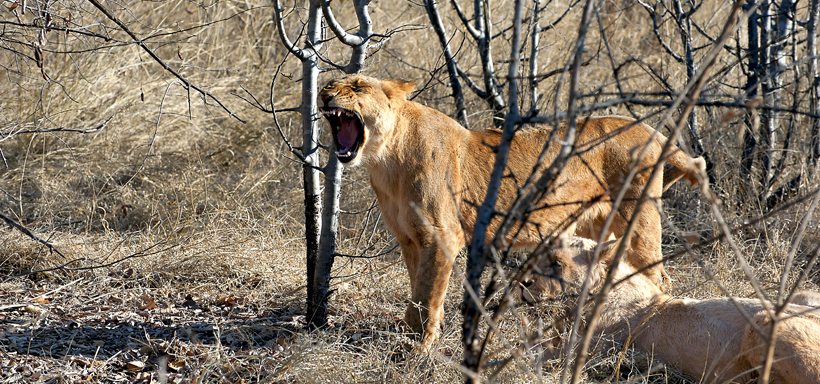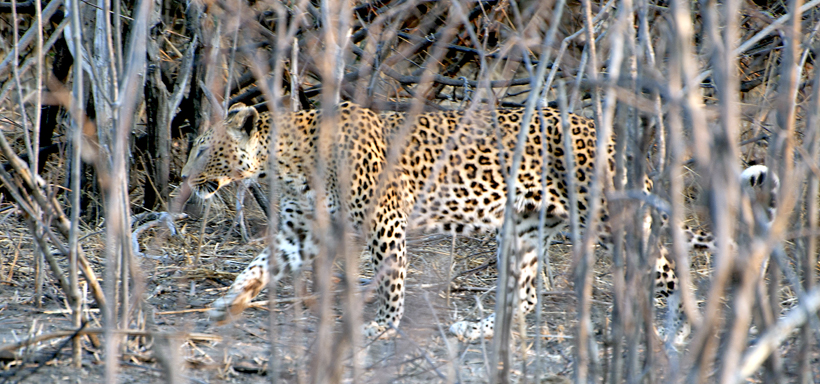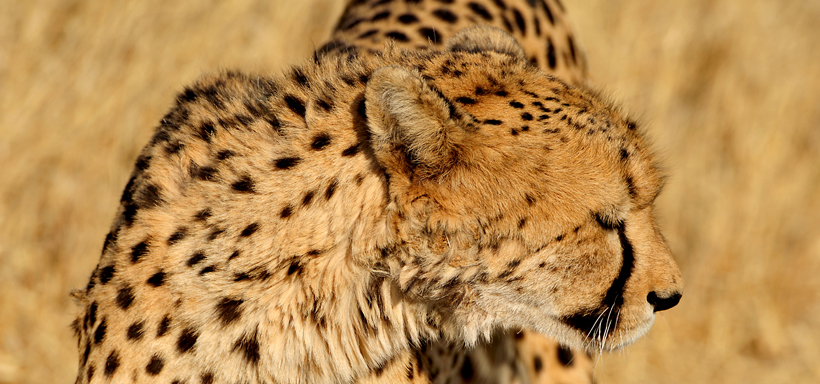From our center you can visit the Kalahari Desert, a vast sandy expanse, which stretches for about 520,000 km2. It is the fourth desert in the world by extension, part of a huge plateau at an average height of 900 meters. It covers 70% of Botswana and parts of Zimbabwe, Namibia and South Africa. Including, in addition to the proper desert, the semi-arid basin you get an area of over two and a half million square kilometers.
The name Kalahari derives from the Tswana word Kgalagadi, and means “the great thirst”.
The Kalahari is an arid and semi-arid desert of red sand. Parts of the Kalahari receive over 250 mm of rainwater each year, while arid zone is located in the south- west, which receives less than 175 mm of rainwater a year, making this area a fossil desert. Summer temperatures range from 20 to 40 ° C. In winter the climate is dry and cold, with an average minimum temperature that can be below zero, and night frosts are frequent. The only permanent water reserves are made up of large salt marshes, including the largest of Makgadikgadi in Botswana and Etosha in Namibia.
The Kalahari has a number of nature reserves, the Central Kalahari Game Reserve (Central Kalahari Game Reserve), the second largest protected area in the world, Khutse Game Reserve (Khutse hunting Reserve) and the Kgalagadi Transfrontier Park. Among the animals that live in the region there are hyenas, lions, meerkats, several species of antelope, reptiles and birds. The vegetation is varied and includes more than 400 species of plants, but consists mainly of grasses and acacias.
The Kalahari is home to an ancient nomadic people, the San (Bushmen), who are believed to have lived in these lands as hunter-gatherers for twenty thousand years. There are numerous mines of coal, copper and nickel, and one of the largest diamond mines in the world, which is located at Orapa in the Makgadikgadi region in the north-east desert.

